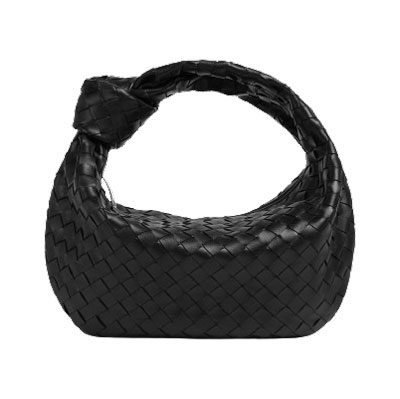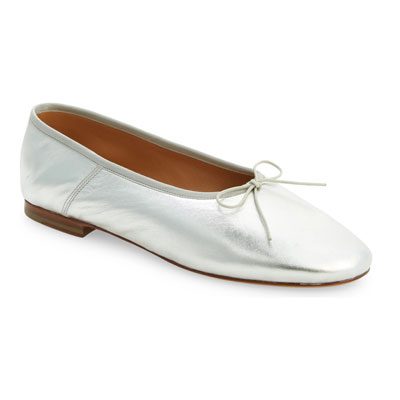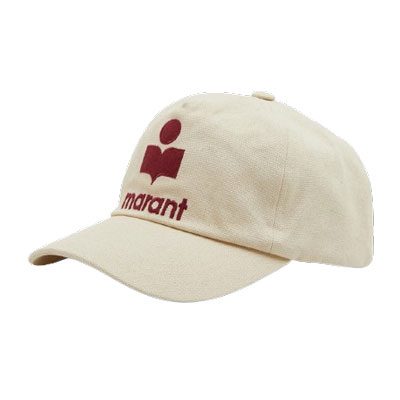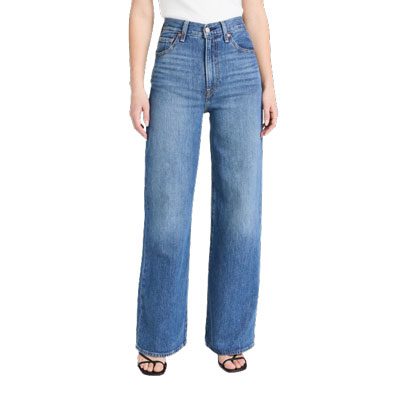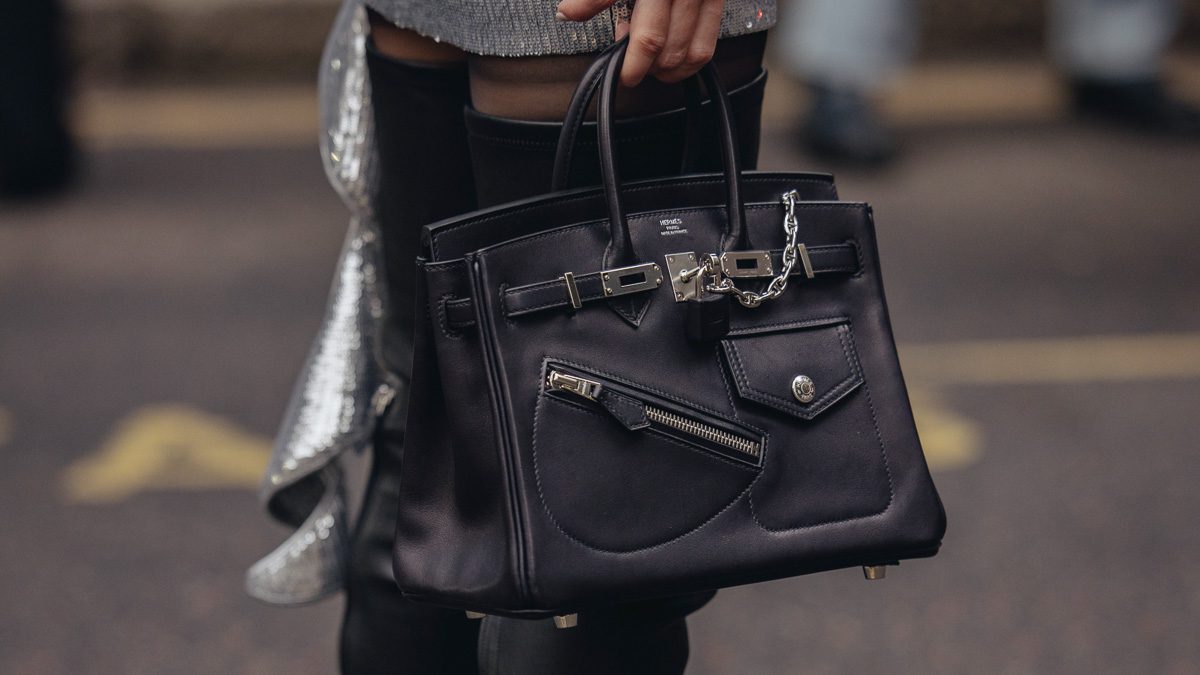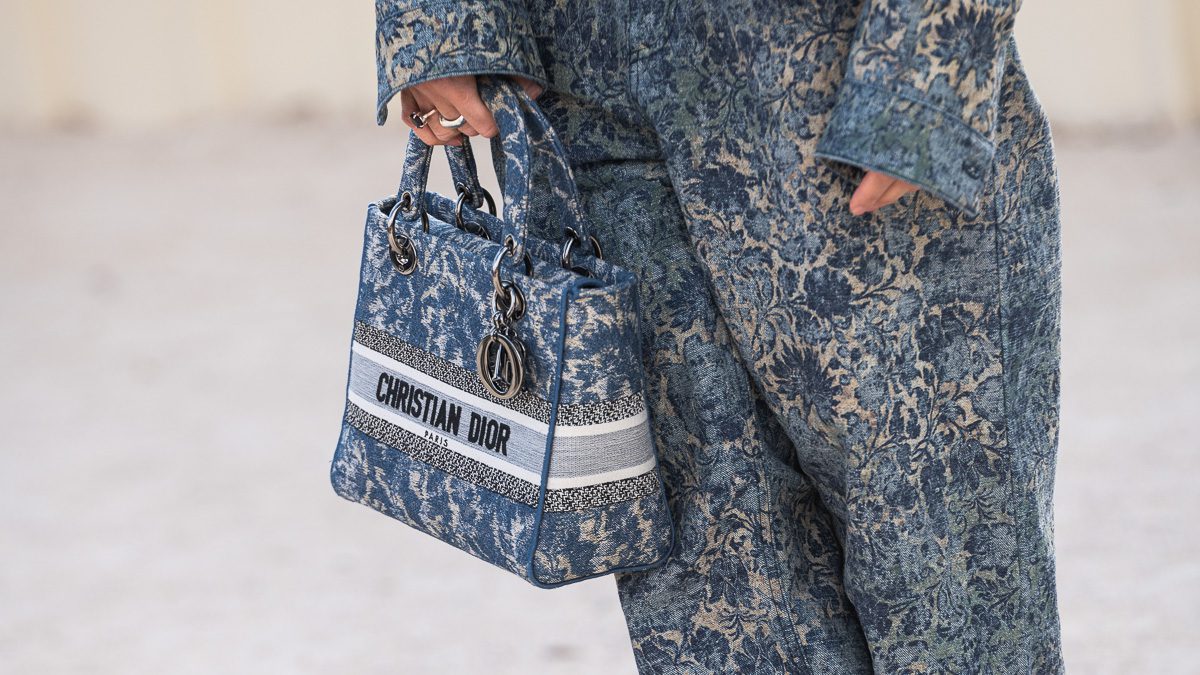As you might have noticed, we didn’t exactly flood the site the New York Fashion Week coverage last week. That wasn’t an oversight; we’ve found that, over the years, you guys really only care about seeing the great bag collections that go down the global runways, as well as the great bags that pop up outside. Unfortunately, for the past few seasons, it’s been a lot easier to find interesting purses on attendees’ arms than on NYFW runways. It feels like a bit of a market lull, but that only means the opportunity is right for a brand to fill the void.
There are, of course, plenty of notable American accessories brands, and a couple with the kind of heritage stories that globally popular handbag makers take straight to the bank. Coach is the longest-running and most well-known of these companies, and it’s currently one of a few making convincing steps to reposition itself as a true luxury brand.
There’s also Alexander Wang, whose bags have provided a modern alternative for young women who think they’re too cool to carry the old Coach, but Wang hasn’t had a new handbag hit for his own brand since he started at Balenciaga. Indeed, his Fall 2015 runway bags were retooled versions of previous hits, plus an on-trend backpack for good measure. 3.1 Phillip Lim, in a similar tier of the market, has struggled to find his next big thing after the smash hit Pashli.
And then there are the Tory Burches, Rebecca Minkoffs and MICHAEL Michael Kors of the American market, who move enormous amounts of product by creating accessibly priced takes on the looks that luxury designers perfect and popularize. They’ve got what they do down to a science and serve a worthy audience, but they also leave a lot of opportunity in the American market for high-end luxury, innovation and diversification.
American fashion is often criticized as too commercial and contemporary; we are, after all, a culture than tends to value commerce more than art, at least when compared to Europe. But that doesn’t, and shouldn’t, be an impediment to the manufacture of great top-tier luxury handbags. Bags are the most commercial of fashion’s categories, and brands often rely on them to stay in the black; a decline in bag sales can poke significant holes in the hull of even the biggest fashion ships. (For proof, look no further than Prada and Louis Vuitton.)
Indeed, two of American fashion’s most recent handbag success stories blend creative design and steady sales seamlessly: Mansur Gavriel and Proenza Schouler. The former is growing its product lineup slowly and deliberately while still selling through its complete stock every season, and the latter, while still feeling around a bit for its Next Big Thing, proved that fashion customers will still pay luxury prices for bags from young American designers, as long as the bag is great and feels worthy of the price.
Marc Jacobs proved that once upon a time as well, although his brand now struggles with the repercussions of its own commercial success; shoppers eager to get a piece of the brand flocked to the less-expensive Marc by Marc Jacobs handbag line, and now that’s what most accessories consumers think of when they think of the brand, making the four-figure price tags on the original line a tough sell. Michael Kors, another quintessentially American too-much-success story, is currently dealing with similar consumer perception.
Despite the relative lull at the top end of the American market, though, there are signs of life. In addition to Mansur Gavriel’s addictively minimal day bags and the Coach creative turnaround, Marc Jacobs is once again making bags that feel as though they might be worth the $2,000 price tag. American fashion will never have the heritage prestige of French houses like Chanel and Hermès, but that’s not the only way to make compelling luxury bags. And for those who successfully harness the trappings of heritage, like Ralph Lauren, there’s room for expansion.
Alexander Wang seems likely to come through with something new for the cool downtown girls, but he’ll have the be careful to not fall into another trap that afflicted Marc Jacobs: letting his eponymous brand become stale while he put tremendous creative energy into the venerable old French house he was hired to lead. 3.1 Phillip Lim, on the other hand, feels like he’s very close to the perfect Pashli followup, and it takes experimentation for even the most seasoned accessories designer to get it right. (See also: Reed Krakoff, Coach’s longtime creative director who is currently in the process of recalibrating his own young brand. So far, the results are positive.)
The opportunity that exists in the American market is clear; we make up a huge proportion of foreign brands’ annual sales, but we’re a fashion market still forming our own accessories identity. For enterprising young designers or existing brands looking to redefine their own public faces, there’s no time like the present.






